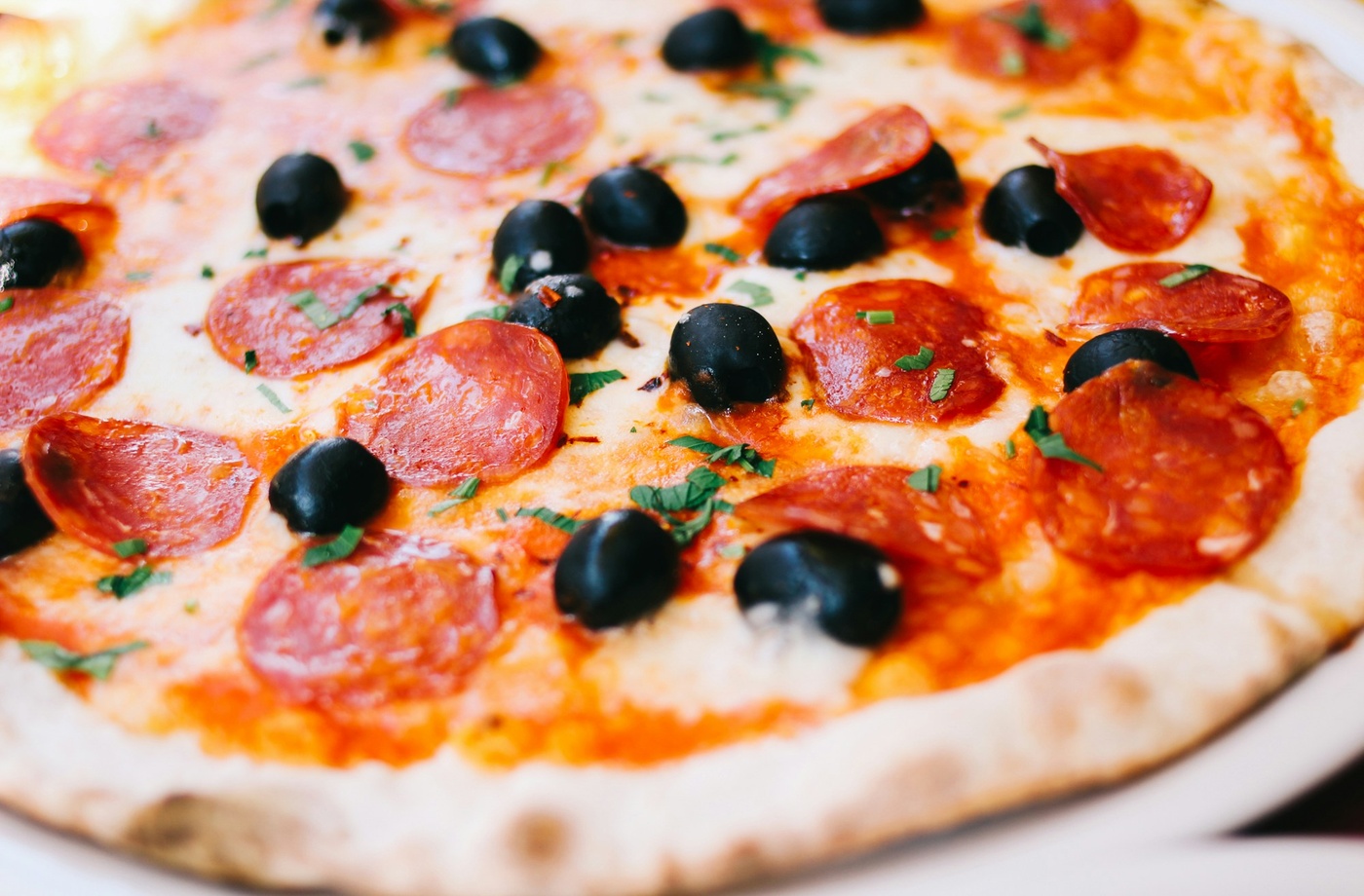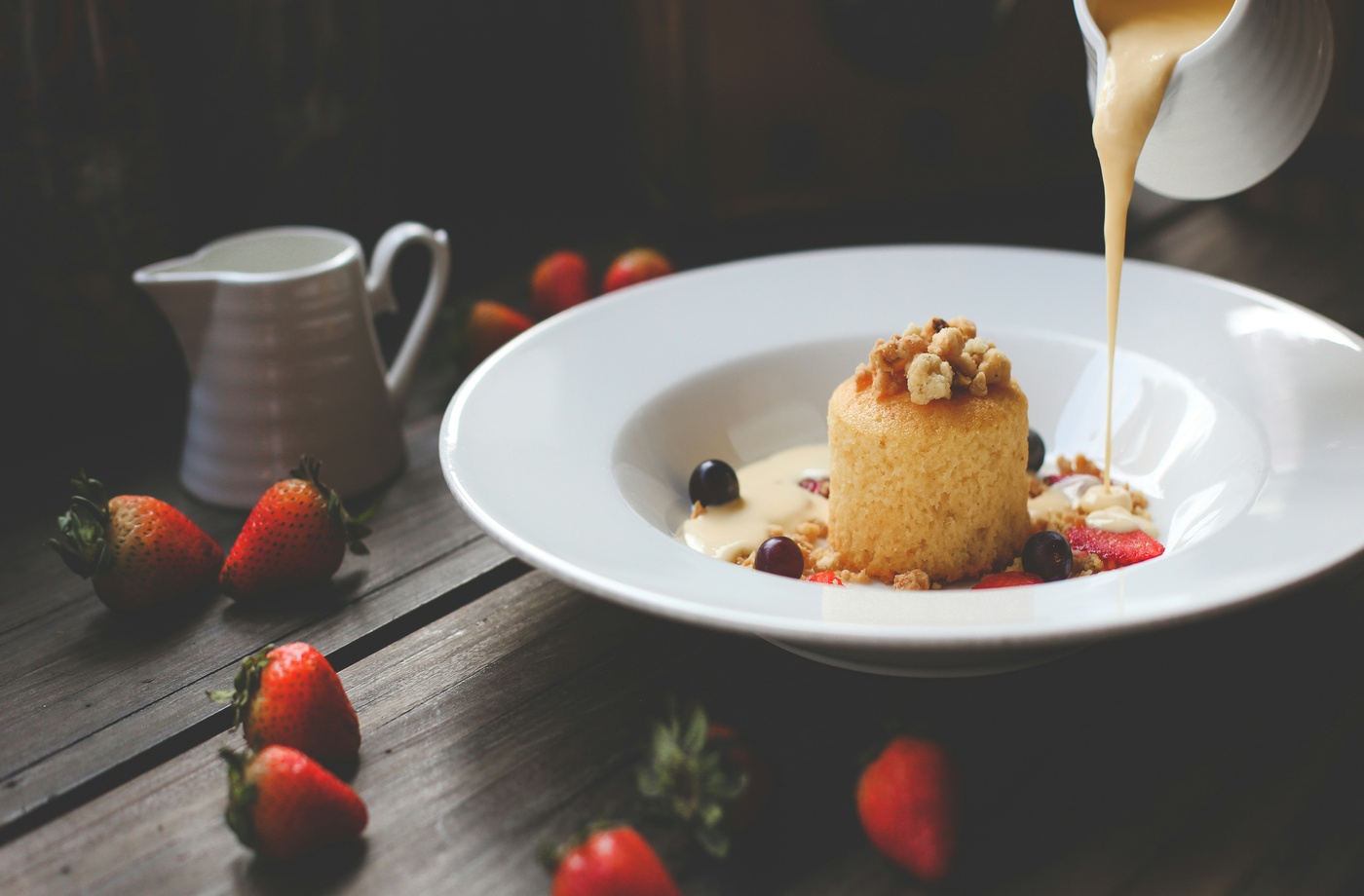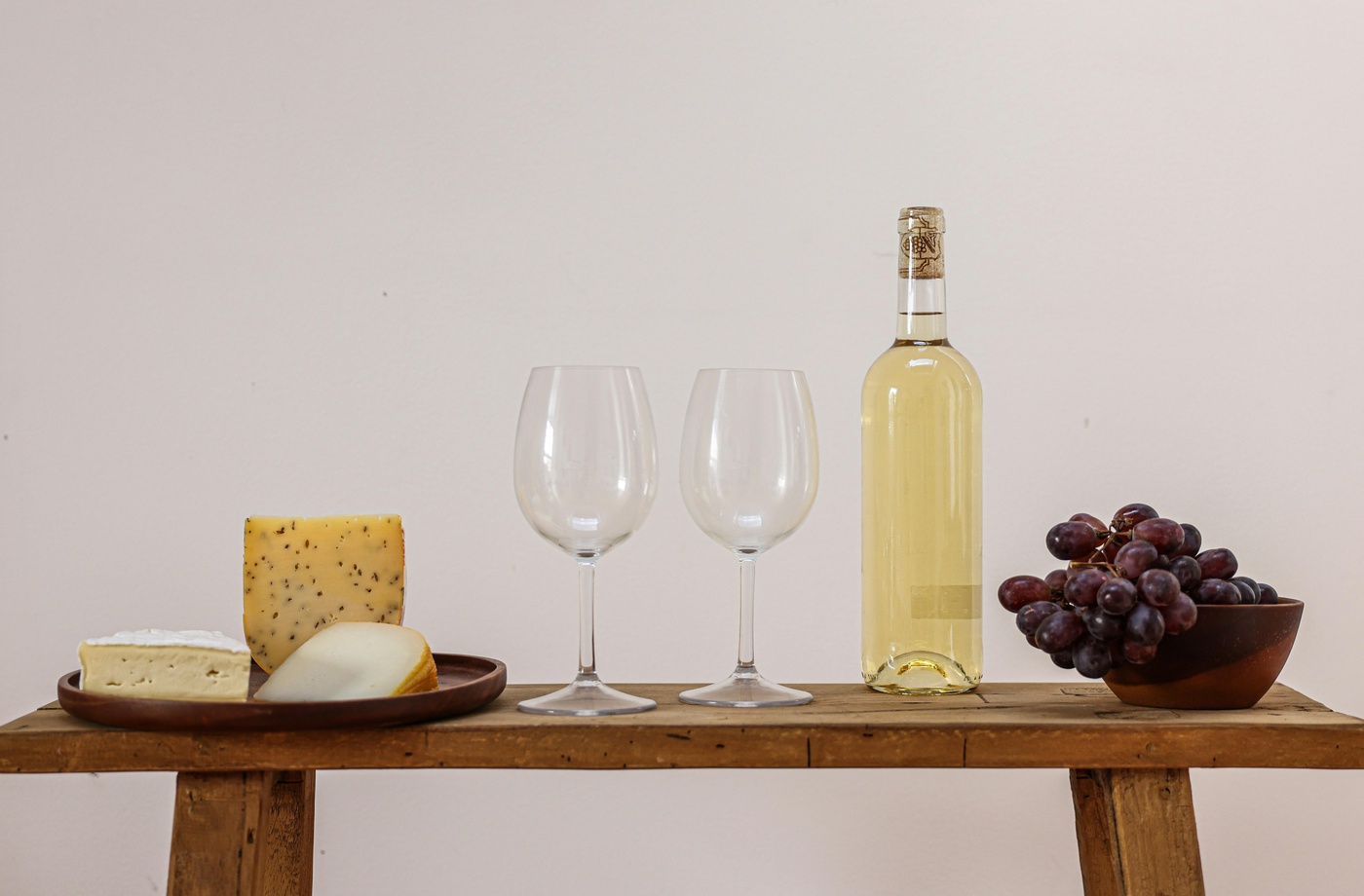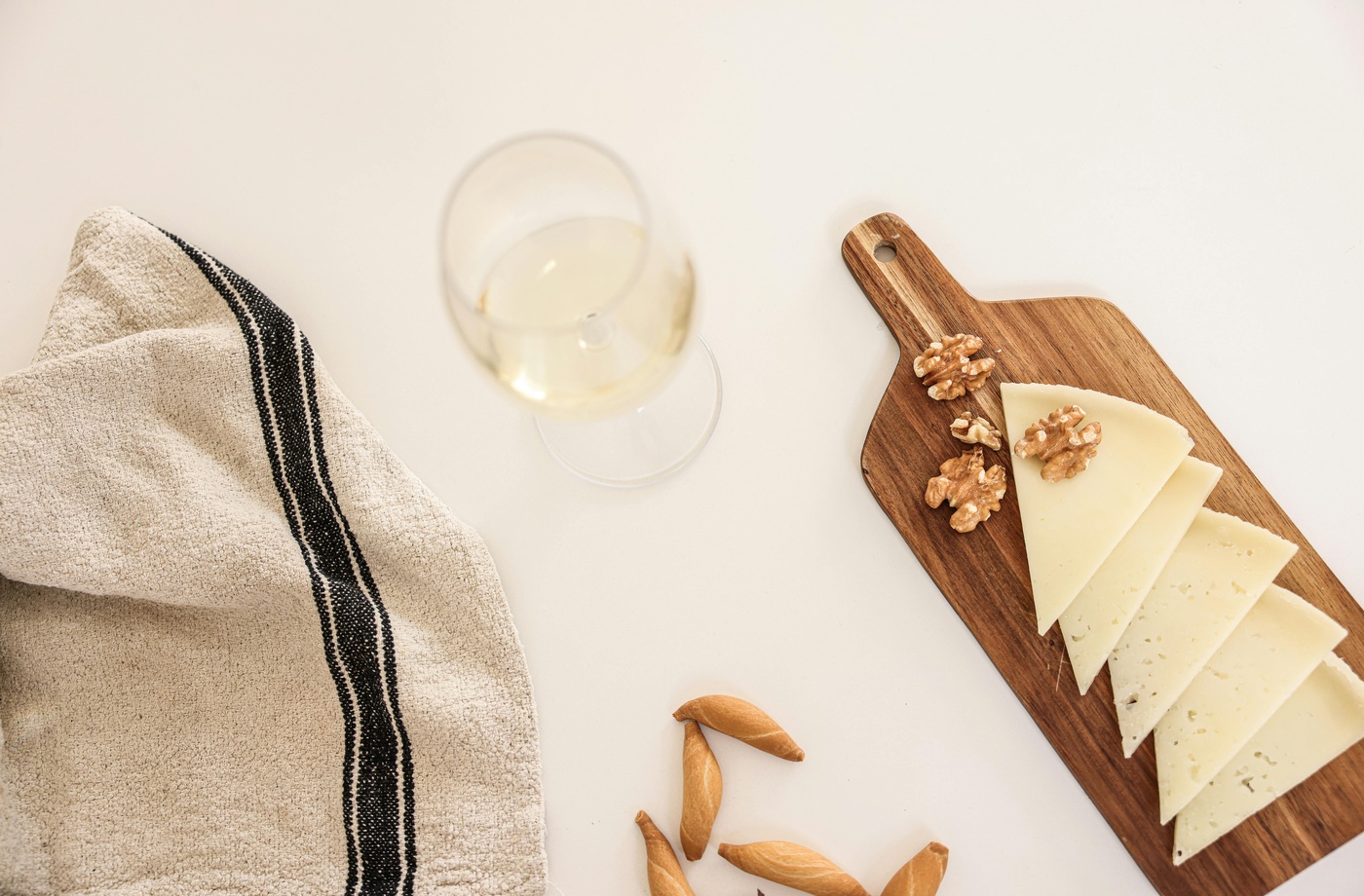Fine dining isn’t just about what’s on your plate—it’s also about how you present yourself at the table. In upscale restaurants, polished etiquette can enhance the experience for both you and those around you. From silverware placement to server interaction, mastering white tablecloth etiquette adds elegance to any formal meal. Whether you’re heading to a Michelin-starred restaurant or hosting a private tasting dinner, here are the etiquette rules every guest should know.
Arrive On Time And Dress Accordingly
Punctuality is a sign of respect in the fine dining world. Always arrive a few minutes early for your reservation, especially if the venue has a waiting list or limited seating. Confirm the dress code beforehand—many fine dining restaurants specify “business casual,” “cocktail attire,” or “jacket required.”
Check reservation platforms like OpenTable or the restaurant’s official site to verify any expectations.
Napkin Rules: Fold And Refold Properly
As soon as you’re seated, place your napkin on your lap. If you leave the table temporarily, loosely fold it and place it to the left of your plate. Never place a used napkin on your plate or the chair.
At the end of the meal, place the napkin neatly to the left of your setting—not crumpled or stained—showing appreciation for the service.
Utensils: Work From The Outside In
Fine dining typically includes multiple courses, each with its own utensils. The golden rule: start with the outermost utensil and work your way inward as courses progress. Dessert forks and spoons are often placed horizontally above the main plate.
If you’re unsure, pause and observe other guests or wait until your server begins clearing or placing settings for cues.
The Bread Plate Is On The Left, Your Drink Is On The Right
A simple memory trick: BMW—Bread (left), Meal (center), Water/Wine (right). This helps you avoid awkwardly reaching across your neighbor’s setting or mistakenly using their glassware.
Pace Yourself To Match The Table
Avoid rushing through courses or lingering excessively. In formal settings, try to match the pace of the host or your fellow diners. This creates a synchronized flow and ensures servers can time each course appropriately.
Use The Correct Glassware For Each Drink
Upscale restaurants often feature specialized glassware: flutes for Champagne, large bowls for reds, narrow tulips for whites. Let your sommelier pour and handle the bottle unless instructed otherwise.
Learn more about wine etiquette from the Court of Master Sommeliers.
Engage With Servers Professionally
Fine dining service is attentive but discreet. Make eye contact and respond with gratitude, but avoid snapping fingers, waving utensils, or interrupting mid-course. Ask thoughtful questions about wine pairings or dish origins—staff are trained to guide you through the experience.
Tipping Standards Still Apply
Even if gratuity is included in the bill (common for tasting menus), it’s customary to tip 18–20% for excellent service. For extraordinary experiences—private dining, sommelier consultations, or extended chef’s tastings—additional gratuity is a thoughtful gesture.
Phones Down, Attention Up
Keep phones on silent and off the table. If you must take a call, excuse yourself discreetly. While food photography is widely accepted today, be quick, avoid flash, and respect the environment.
Final Thoughts
Dining etiquette is less about rigid rules and more about creating a refined, enjoyable atmosphere for everyone involved. With a few mindful practices, you’ll feel confident at any fine dining table—whether you’re a first-timer or a seasoned gourmand. After all, great meals are best remembered for the conversation and company, not a misplaced fork or forgotten napkin.




